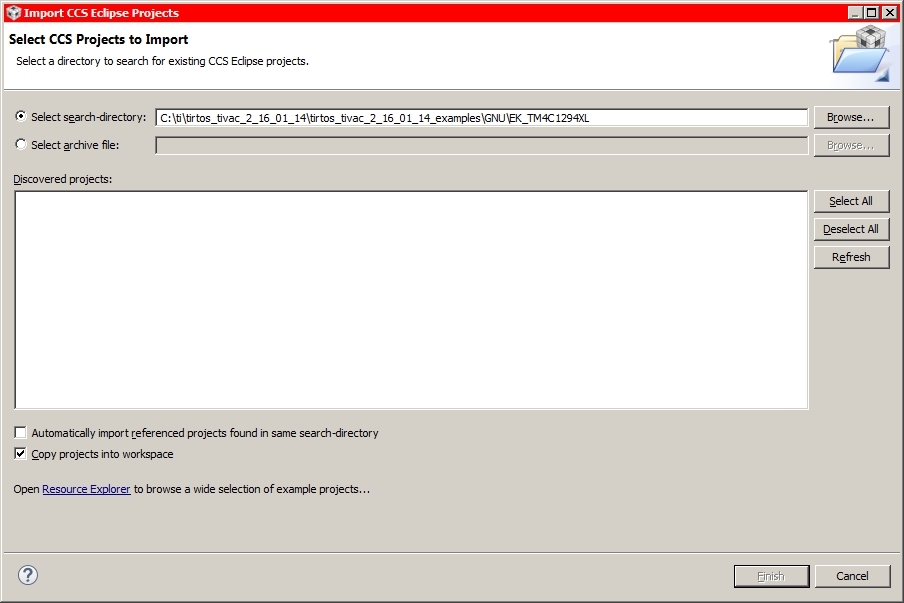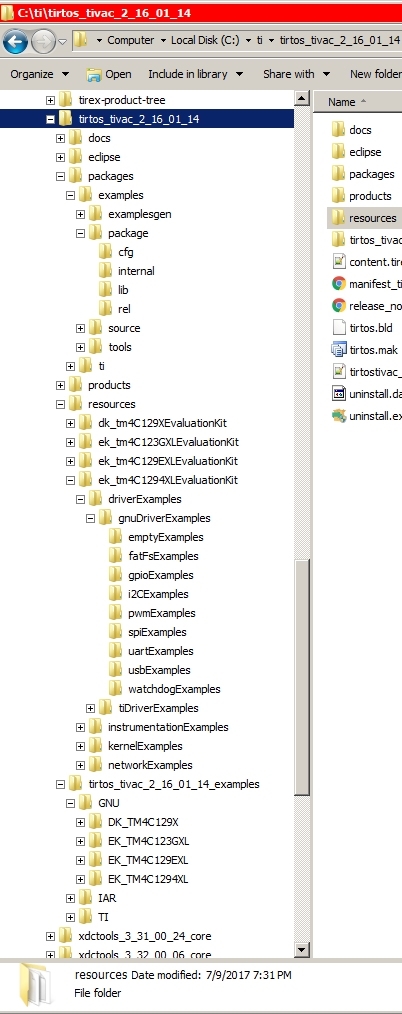Other Parts Discussed in Thread: SYSBIOS, , EK-TM4C1294XL
As is typical of example projects, I create a new one, and it doesn't even work.
I have the TIVA TM4C1294 XL launch pad. I am using CCS 7.2, GCC 6.3.1. No SysBios
Steps to reproduce:
- Create a new, empty, project with only main.c... Right out of the CCS menu.
- Build it.
- Load it.
- Launch the debugger.
- Watch it go to Fault ISR from the get-go. I can't even set a breakpoint in tm4c1294ncpdt_startup_ccs_gcc.c
The project is attached. The Stellaris debugger is loading the code, as it erased what was on the board previously.
How do you expect someone to learn this environment using the launchpad, if even the most rudimentary project shell that is created doesn't even work??
Can anyone help me out?






